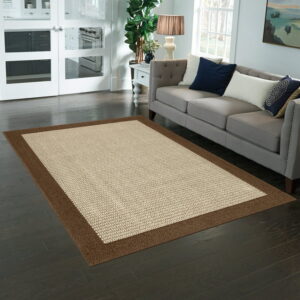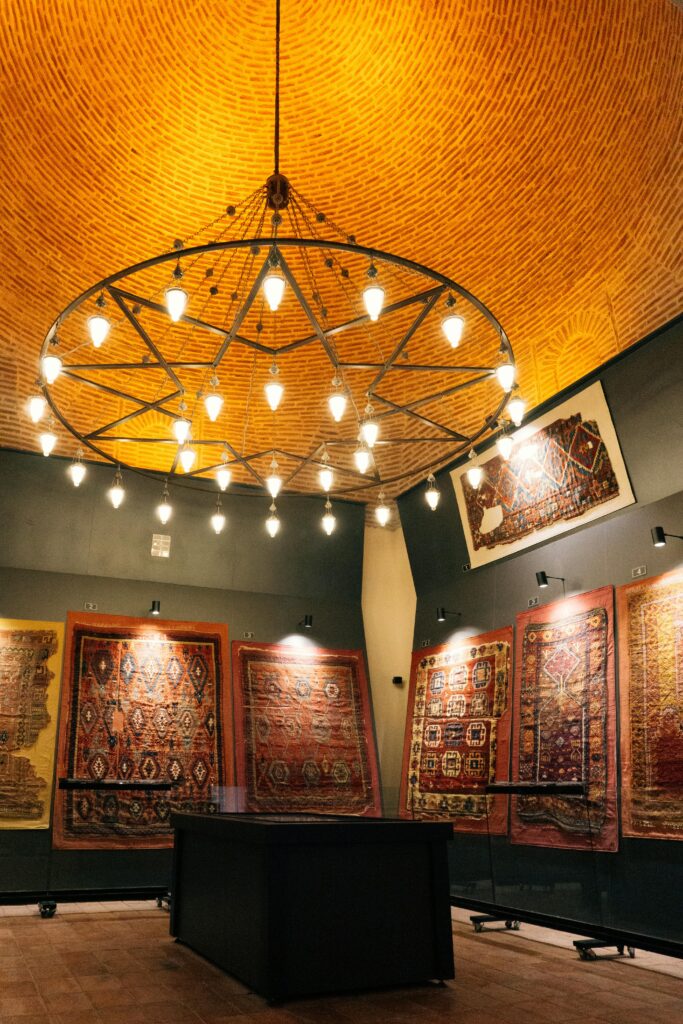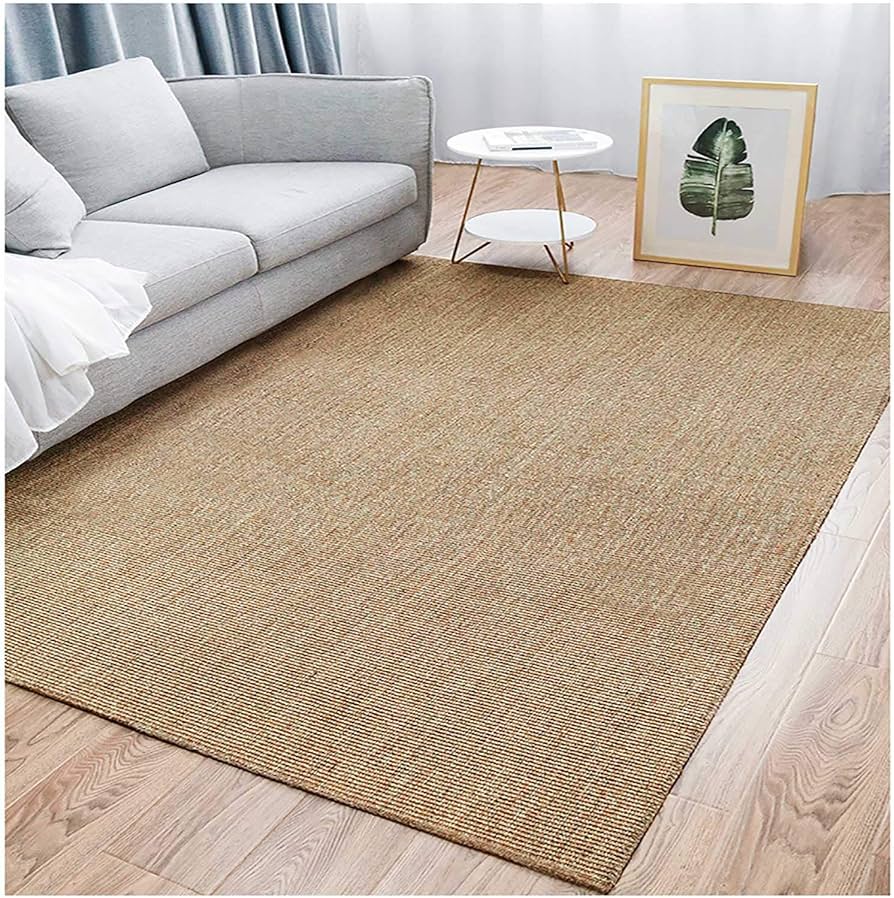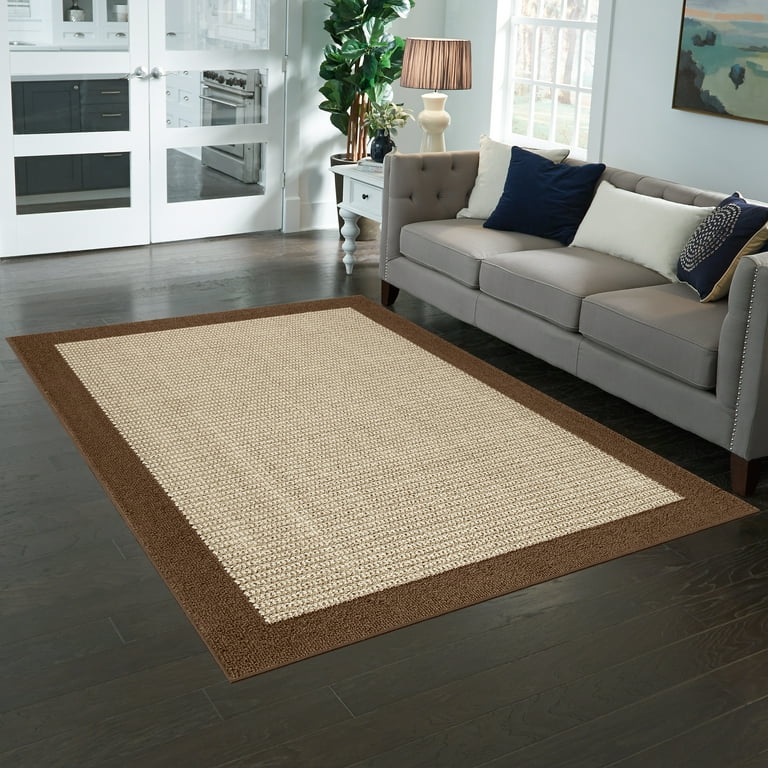When it comes to flooring options that combine beauty, durability, and sustainability, sisal carpet flooring stands out as a natural choice for many homeowners and businesses alike. Known for its timeless elegance and eco-friendly properties, sisal flooring offers a unique blend of practicality and aesthetic appeal. This article explores the benefits of sisal carpet flooring, its uses, maintenance tips, and why it is an excellent option for those looking for sustainable flooring solutions.
What is Sisal Carpet Flooring?
Sisal carpet flooring is made from the natural fibers of the sisal plant, a species of Agave native to Mexico. These fibers are strong, durable, and offer a unique texture that distinguishes them from other flooring materials. Sisal is a sustainable resource, and its fibers are biodegradable, making sisal carpet flooring an eco-conscious option. The carpets are woven from these fibers and come in a variety of colors, patterns, and textures to suit different interior design styles.
Sisal carpet flooring is often chosen for its ability to add a natural, rustic touch to any room. It is available in both woven and tufted forms and can be custom-made to fit any space, from small apartments to large commercial offices.

The Benefits of Sisal Carpet Flooring
- Sustainability
One of the main reasons people choose sisal carpet flooring is its environmental friendliness. The sisal plant requires minimal water and chemicals to grow, making it a more sustainable option compared to synthetic fibers. Additionally, sisal carpets are biodegradable, meaning they won’t contribute to landfill waste when they eventually need to be replaced. - Durability
Sisal fibers are naturally strong and resilient. When used in carpet flooring, they can withstand heavy foot traffic, making them ideal for high-traffic areas in both homes and commercial spaces. Sisal carpet flooring is resistant to wear and tear, maintaining its appearance for a long time when properly cared for. - Natural Aesthetic
The rustic, earthy appearance of sisal carpet flooring adds warmth and charm to any room. The natural texture of the sisal fibers brings a tactile quality to the floor that cannot be replicated by synthetic materials. Whether you choose a neutral beige or a deep brown shade, sisal carpets can complement various interior design styles, from modern minimalism to traditional and eclectic looks. - Non-toxic
Since sisal carpets are made from natural fibers without the use of harmful chemicals, they are a great option for households with pets or small children. Unlike synthetic carpets that often release volatile organic compounds (VOCs) into the air, sisal carpet flooring is completely non-toxic, contributing to better indoor air quality. - Hypoallergenic Properties
Sisal carpet flooring is naturally resistant to dust mites and other allergens. This makes it an excellent choice for people who suffer from allergies. Its tightly woven texture prevents dust and dirt from accumulating deep within the fibers, making it easier to keep clean compared to some other types of carpet.
Where to Use Sisal Carpet Flooring
Sisal carpet flooring can be used in a variety of spaces, both residential and commercial. Below are a few ideal places to install sisal carpets:
- Living Rooms and Bedrooms
In residential settings, sisal carpet flooring adds a sense of warmth and comfort to living rooms and bedrooms. Its natural look pairs well with wooden furniture, soft fabrics, and neutral color schemes. Sisal carpet flooring creates a cozy, inviting atmosphere that can enhance any home. - Offices and Commercial Spaces
Sisal carpet flooring is not just for homes; it’s also a popular choice for offices, hotels, and other commercial spaces. Its durability and ease of maintenance make it perfect for high-traffic areas like reception halls, corridors, and conference rooms. The natural texture of sisal provides a sophisticated and professional appearance that works well in corporate environments. - Staircases and Hallways
Sisal carpets are often used on staircases and in hallways due to their strength and resilience. Sisal carpet flooring can handle the constant foot traffic of these areas, maintaining its texture and appearance over time. Its non-slip properties also make it a safe choice for stairways. - Eco-friendly Homes and Sustainable Spaces
For those looking to make environmentally conscious choices, sisal carpet flooring is an excellent addition to eco-friendly homes or sustainable buildings. It aligns with green building practices and can contribute to a building’s LEED (Leadership in Energy and Environmental Design) certification.
How to Maintain Sisal Carpet Flooring
While sisal carpet flooring is durable and easy to maintain, it does require some attention to ensure its longevity. Here are a few maintenance tips:
- Vacuum Regularly
Regular vacuuming is essential to remove dust, dirt, and debris from sisal carpets. Use a vacuum cleaner with a soft brush attachment to avoid damaging the fibers. Regular cleaning prevents dirt from accumulating and helps to maintain the natural texture of the sisal. - Spot Clean Stains
If a spill occurs, it’s important to clean it up immediately to prevent stains. Blot the spill with a clean, dry cloth to absorb excess liquid, and then treat the stained area with a mild detergent solution. Avoid using harsh chemicals, as these can damage the natural fibers. - Deep Cleaning
Every few months, it’s advisable to have your sisal carpet professionally cleaned. Professional cleaning helps remove deep-seated dirt and allergens, keeping the carpet looking fresh and vibrant. - Avoid Excess Moisture
Sisal fibers are not as water-resistant as synthetic fibers, so it’s important to avoid excessive moisture. If the carpet gets wet, dry it immediately with a fan or by using a clean, dry cloth. Prolonged exposure to water can cause the fibers to shrink or lose their shape. - Rotate Furniture
To prevent uneven wear, occasionally rotate furniture on the sisal carpet. This helps distribute the weight evenly across the carpet, preventing the fibers from flattening in certain areas.
The Cost of Sisal Carpet Flooring
The cost of sisal carpet flooring varies depending on factors such as the quality of the material, the weave, and the custom design. On average, sisal carpets can be more expensive than synthetic carpets, but their durability and sustainability make them a worthwhile investment. Additionally, because they require less maintenance in the long term, sisal carpet can save money on replacement and cleaning costs over time.
Read also
- Why Sisal Carpet Flooring is the Best Choice for Sustainable Homes
- Why Choose Wool Sisal Carpet for Sustainable Living
- Transform Your Living Room with Sisal Carpet Wall to Wall
Conclusion
In conclusion, sisal carpet flooring is an excellent choice for those seeking a natural, sustainable, and aesthetically pleasing flooring solution. Its durability, hypoallergenic properties, and eco-friendly nature make it a popular option for both residential and commercial spaces. Whether you are decorating your home or setting up an office, sisal carpets provide a unique combination of style and functionality. With proper care, sisal carpet can last for many years, maintaining its beauty and strength throughout its lifespan.





